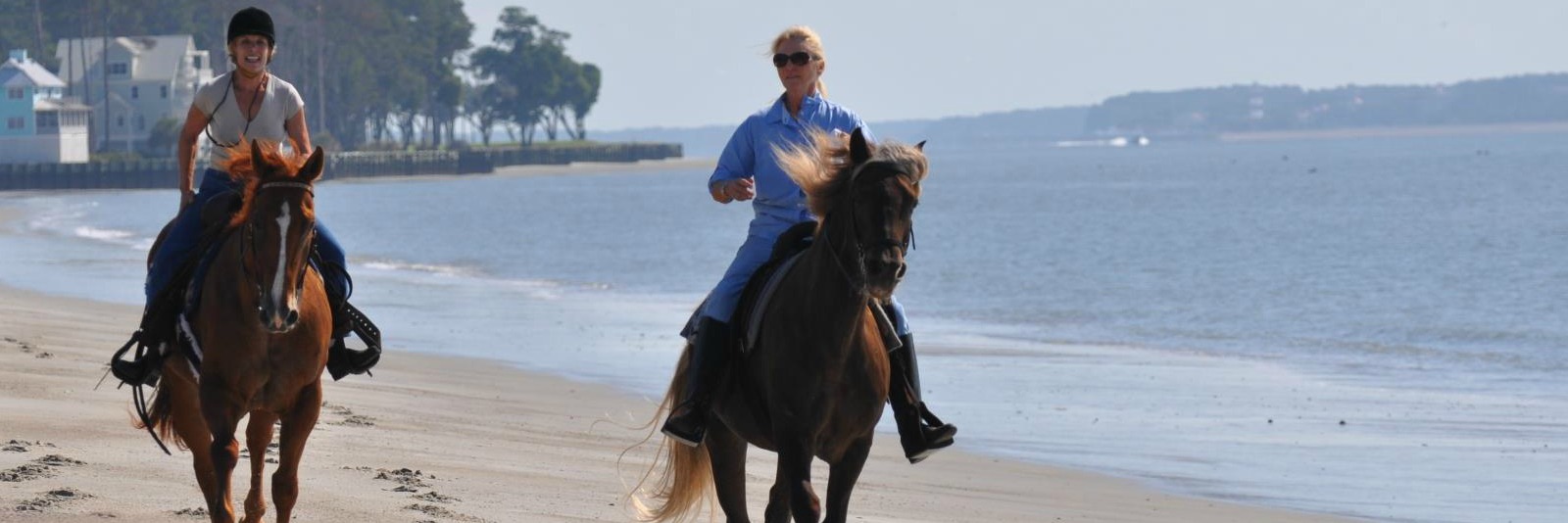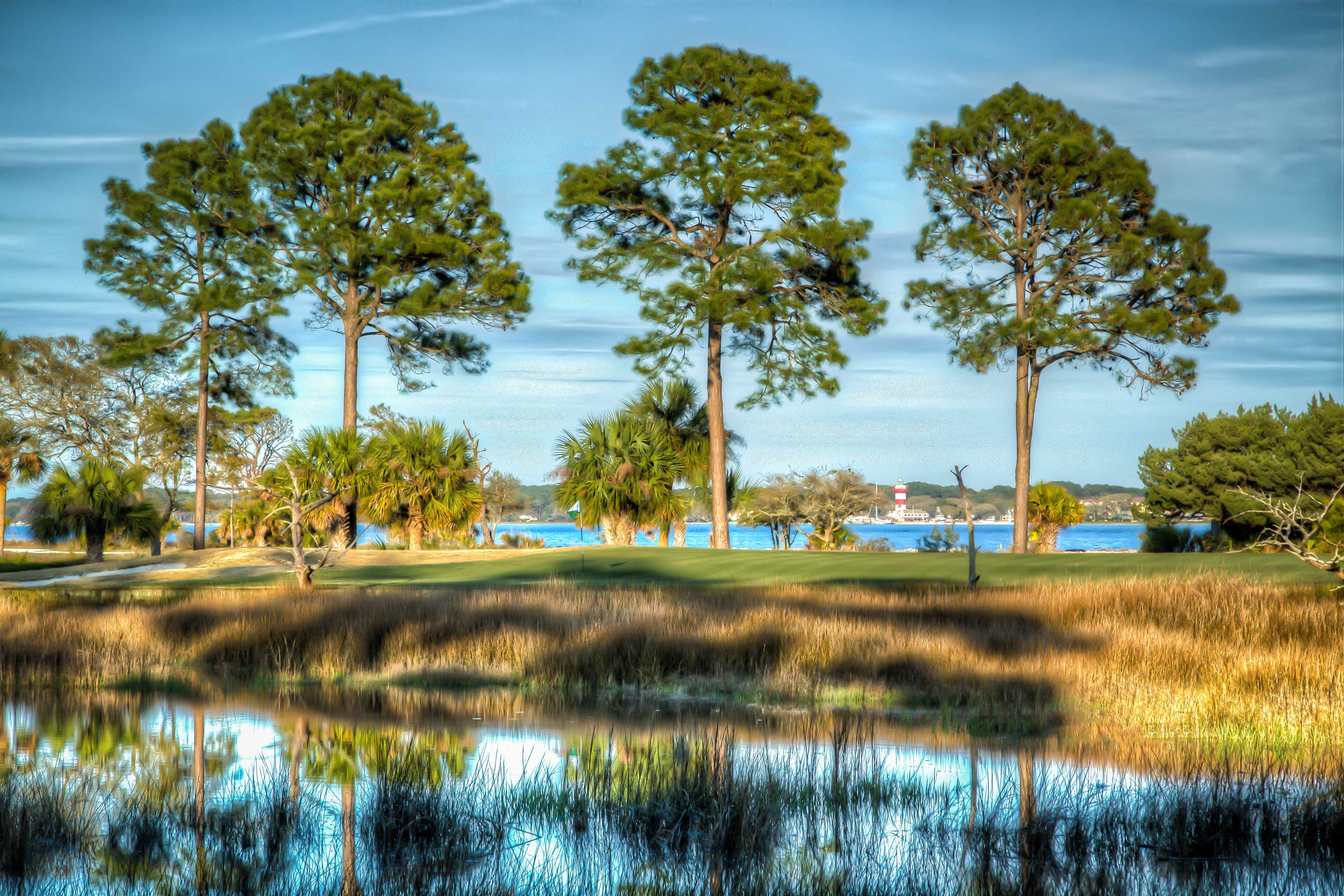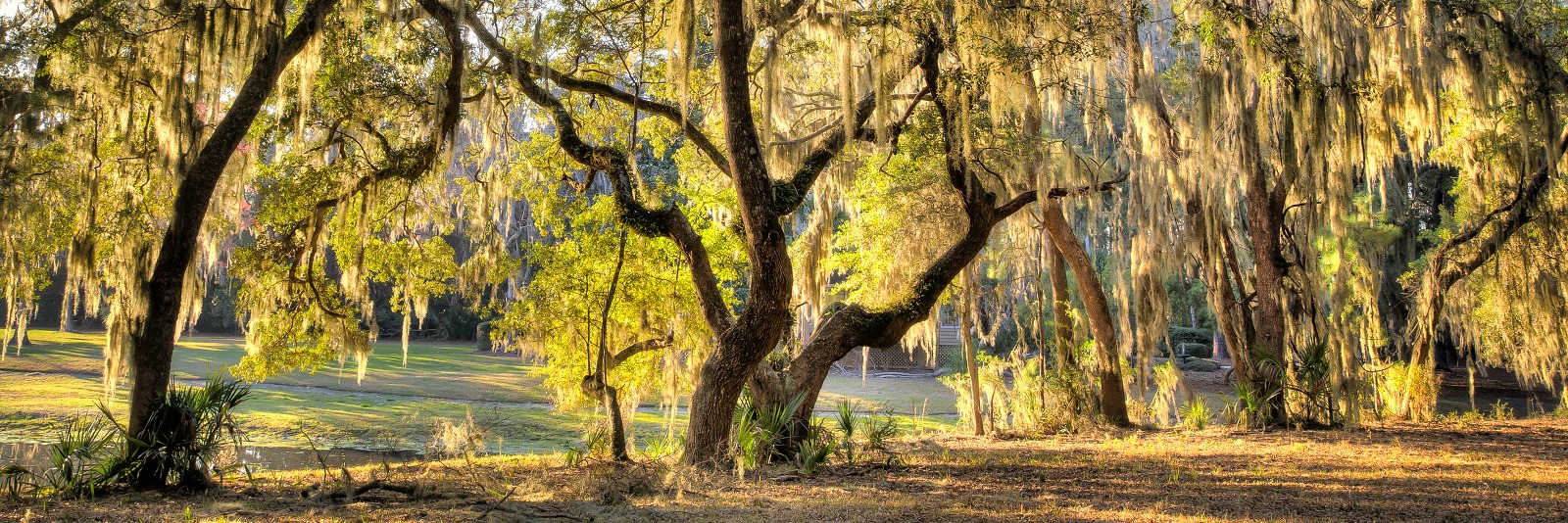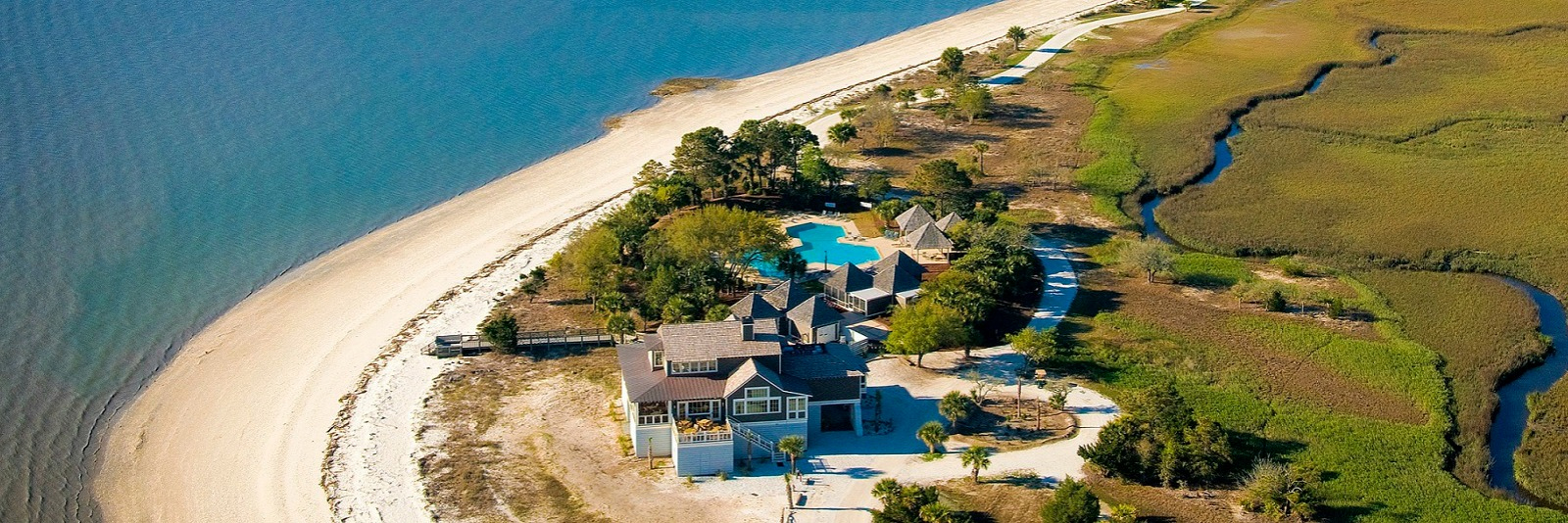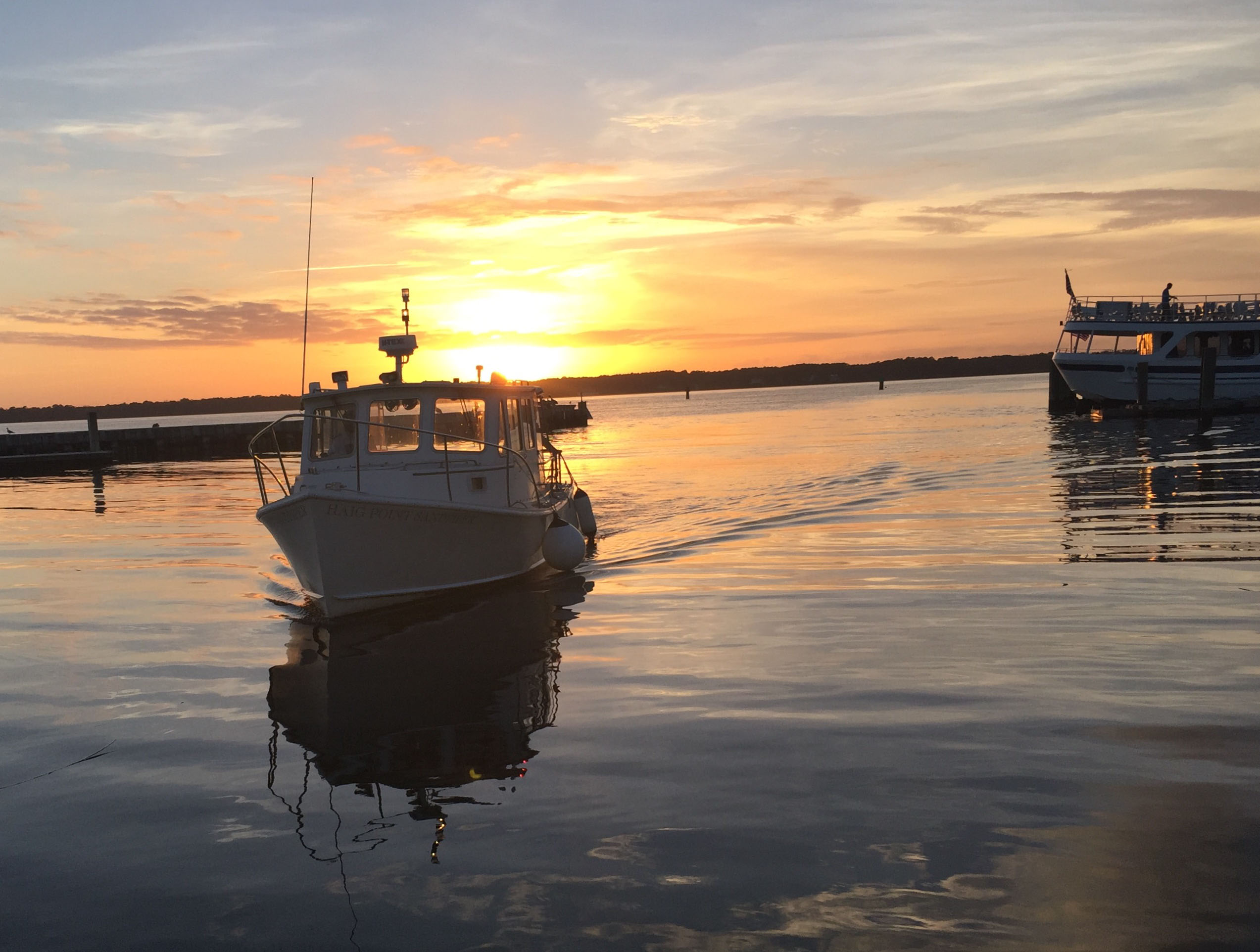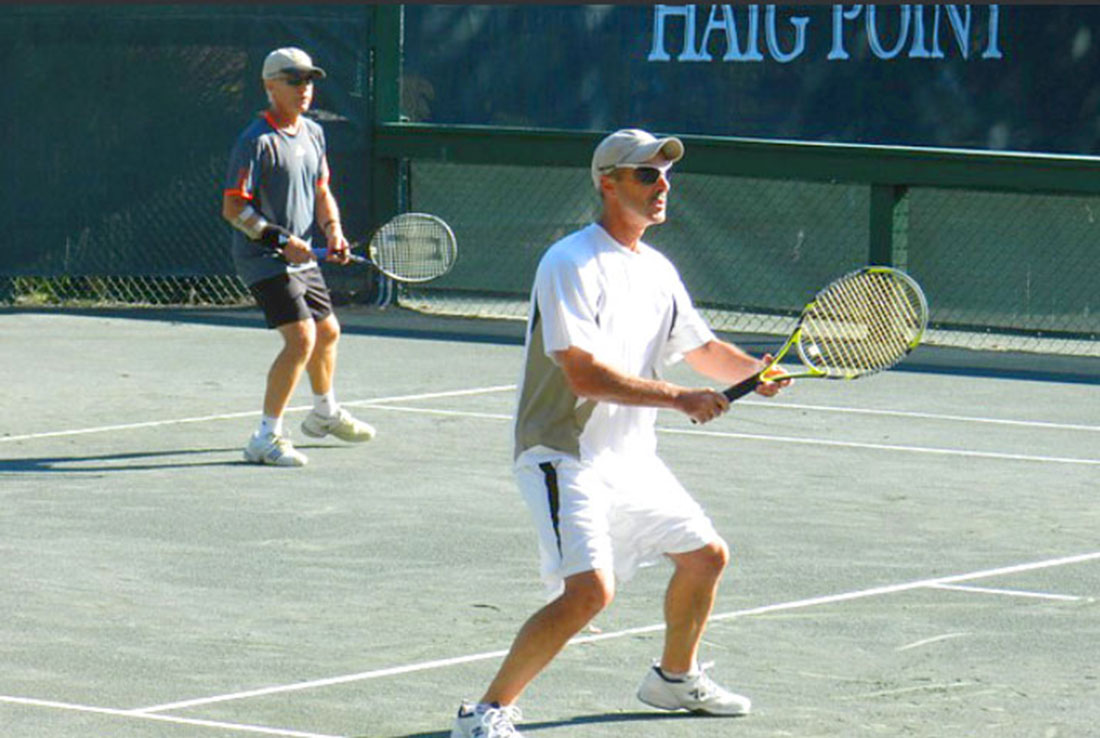The history of Haig Point, (also known as Hague’s Point or Haig’s Point) reaches back into the colonial days when George Haig I, a Scottish merchant and Indian trader, purchased property in 1733 on the northern end of Daufuskie Island.
The land remained in the Haig family for three generations until George Haig III sold the property around 1810 to the Mongin family. David John Mongin passed away in 1823, and his wife Sarah married Herman Blodgett in 1825. Sarah and Herman had been married for just eight years, when Sarah died in 1833.
Herman Blodgett then purchased Haig Point Plantation from the Mongin family, and remarried in 1837, taking Catherine Hall as his second wife.
On the northern end of his Haig Point Plantation, Blodgett constructed an impressive tabby mansion. Slave quarters, also built of tabby, were located nearby, and an avenue of live oaks lined the road to the mansion. Blodgett sold Haig Point Plantation in 1850 to Squire Pope, who owned multiple plantations on Hilton Head.
The tranquil plantation life was interrupted forever when Yankees arrived on the Sea Islands in 1861. After the battle of Port Royal ended on November 7, 1861, Union forces pushed south towards Savannah. Passing by Daufuskie Island, they spied Haig Point Mansion and decided its timbers would be useful in creating a road across boggy Jones Island, which lies just south of Daufuskie. The plantation mansion was soon pilfered, and the remains burned.
After the Civil War ended, the government rebuilt and added lights along the South Carolina coast to mark the entrance to Calibogue Sound, which runs between the southern end of Hilton Head Island, and Daufuskie Island. An aggregate of five acres on Haig Point was acquired from the Pope family for one of these lighthouses.
In 1925, the lighthouse property was sold to M.V. Hass and passed through the hands of several owners in quick succession finally being used in the 1930s as a hunting lodge until it was abandoned. From that point on Haig Point Plantation and the Lighthouse were never owned by the same person until George H. Bostwick purchased Haig Point Plantation in 1961 and Haig Point Lighthouse in 1965.
The more recent history of Haig Point can best be traced by following the life of Charles Cauthen who bought a large parcel of Daufuskie from the Bostwick family in the 1970’s.
With a background in real estate, Cauthen pursued a real estate development project that would capitalized on the pristine beauty of the island while respecting the heritage of its people.
Seeking an investor for the project, Cauthen met with the Dallas-based Halliburton Company and was able obtain the financial commitment needed to begin the development project in earnest. Cauthen is on record as having planned and permitted the Haig Point PUD (including the Webb and Oak Ridge properties which Halliburton had also purchased).
In 1984, International Paper agreed to follow Cauthen’s guidelines for developing the property and purchased the Haig Point tract.
The rest is history. IP stayed true to Cauthen’s dream: to preserve the natural beauty of the island to respect the historical landmarks that are part of the Haig Point property. There are no cars. The community is accessible by the Haig Point ferry and water taxi system. Twenty-nine holes of championship golf, three clubs, equestrian center, six Har-Tru® tennis courts and two pools are highlighted amenities.


